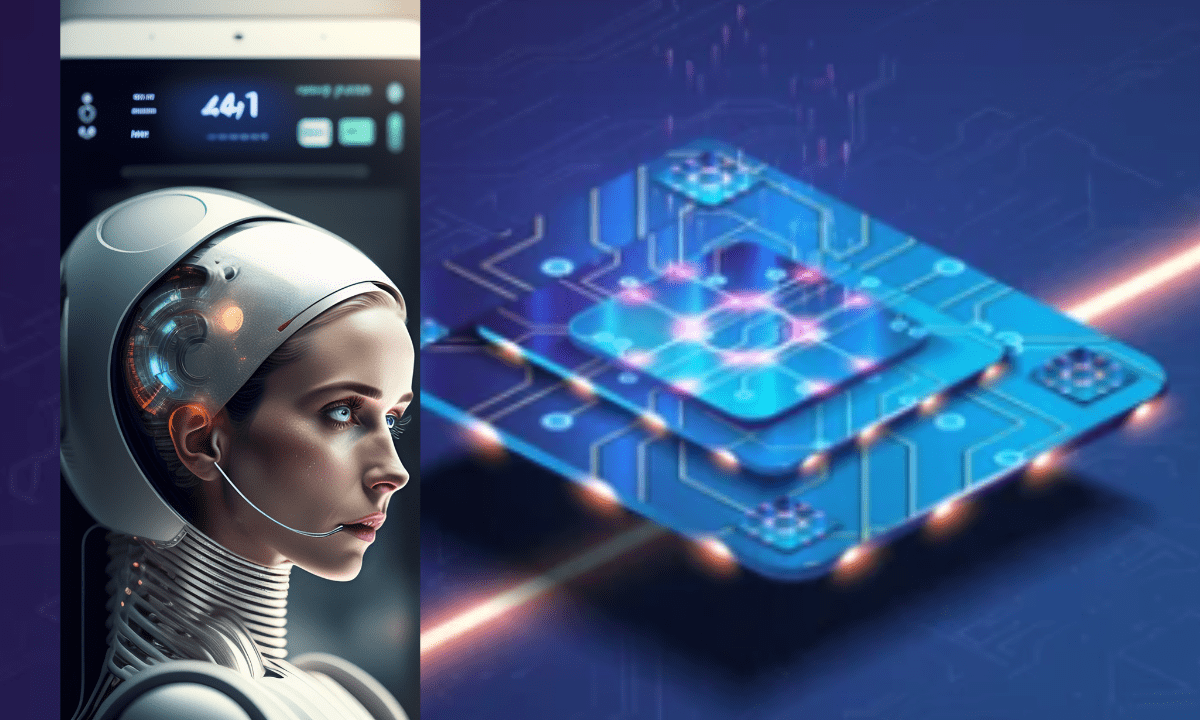Making money is good but it’s a better idea to watch someone make it. The White House launched the Artificial Intelligence live hacking challenge where the winners will walk away with $2 million grand prize. You probably thought that Artificial Intelligence is rewarding but never imagined you can walk away with USD 2 million in your account after three days of successfully hacking the systems.
Unlike the previous Defcon Challenges, the announcement came with a different twist. First, AI Village will host the event that will be fully automated with no human teams. The main purpose of AI village is to analyze machine learning and create safer artificial intelligence. Secondly, the teams made it through an initial qualifying round but will go into the competition without knowing how the performance will be scored or the specific challenges they will face.
Read also: 100,000 ChatGPT plus accounts dumped in Dark web in a worst cyberattack
Where and why the AI Hackers Convention?
Defcon event will be hosted at Caesar’s Forum in Las Vegas between 10th and 13th August, 2023. In a statement issued by the Whitehouse, the event aims to identify risks facing the companies to find solutions.
“This independent exercise will provide critical information to researchers and the public about the impacts of these models and will enable companies and developers to take steps to fix issues found in those models.”
Various experts have expressed optimism that the event will play a key role in addressing the flaws in organization’s systems. “The diverse issues with these models will not be resolved until more people know how to red team and assess them.” Sven Catelli – Founder of AI Village.
The event will also assess the capabilities of software to defend itself against attacks. The highlighted seven Artificial Intelligence systems will not only compete to find vulnerabilities but also write exploits and deploy patches. Additionally, the event will be valuable in Identifying the weakest spots in Artificial Intelligence systems and address these weaknesses. The organizers have expressed the prevailing fears and uncertainties associated with the large language models.
“Right now, there’s a lot of fear because there’s a lot of uncertainty, we don’t know what a lot of these large language models are capable of.” Beau Woods – a former staffer at the DHS Cybersecurity said in a statement.
On the contrary, the participants expressed concerns over the possible hitches in the machines that would compromise success especially when there are technical failures. Tim Bryant, one of the team members pointed out that “For us as a team, one of our greatest fears is, what if the game starts and the machine just goes silent and stop responding? A lot of success is going to rest on engineering.”
Vulnerabilities to Security Threats
As Artificial intelligence systems become more sophisticated and integrated into various aspects of our lives, the potential attack vectors and vulnerabilities also increase. Here are some ways Artificial Intelligence can be vulnerable to security threats:
Adversarial Attacks
Adversarial attacks involve manipulating the systems by introducing subtle, often imperceptible changes to input data, causing the Artificial Intelligence to produce incorrect or unintended outputs. For example, an image classifier could be tricked into misclassifying an image by making small alterations that are imperceptible to humans.
Data Poisoning
Large language models are trained on large datasets, and if these datasets contain malicious or corrupted data, it can lead to biased or inaccurate outcomes. Attackers can intentionally inject misleading or harmful data into the training process to manipulate artificial intelligence behavior.
Model Inversion
This attack involves reverse-engineering an Artificial Intelligence model to extract sensitive or confidential information that was used during the model’s training phase. For example, an attacker might try to reconstruct private training data from a machine learning model.
Model Theft
Artificial Intelligence models can be stolen or copied by malicious actors, potentially leading to intellectual property theft or unauthorized usage of proprietary algorithms.
Privacy Concerns
Artificial Intelligence systems that handle personal data could inadvertently expose sensitive information if not properly secured. Techniques like differential privacy can help mitigate these risks by adding noise to the data to protect individual privacy.
Cyberattacks
Attackers can use the large language models to automate and enhance their hacking techniques. For instance, Artificial Intelligence can be used to generate phishing emails that are highly convincing, making it harder for users to detect malicious intent.
Bias and Fairness Issues
Artificial Intelligence systems can inherit biases from their training data, which could lead to discriminatory outcomes or reinforce existing biases. This can have ethical and security implications, especially in applications like criminal justice and lending.
Malicious Model Deployment
If an attacker gains control over the deployment of an Artificial Intelligence model, they could use it to execute harmful actions or manipulate processes, such as controlling autonomous vehicles or industrial machinery.
Denial of Service (DoS) Attacks
Artificial Intelligence systems that depend on processing large amounts of data in real-time could be vulnerable to DoS attacks that overload their processing capabilities.
In Sum…
Nonetheless, Artificial Intelligence hacking competition, Defcon is one of the steps towards addressing related vulnerabilities and threats in the systems. As technology evolves, the security landscape will continue to evolve as well, requiring ongoing vigilance and innovation to stay ahead of potential threats.







